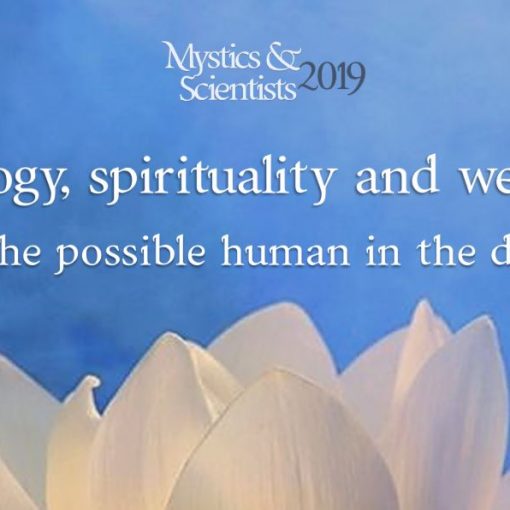Over the past three decades, the victim movement worldwide has agitated for an enhanced role for victims in the criminal justice system. Despite some progress towards that goal, structural as well as political factors may mean that victims have won as much as they are likely to gain from conventional justice processing.
But there is good evidence that restorative justice can offer them more justice than they receive from the formal court-based system. The evidence from the research into the impact of a restorative justice programme on victims of both property and violent crime, provides empirical evidence to show that the restorative alternative of conferencing more often than court-based solutions has the capacity to satisfy victims’ expectations of achieving a meaningful role in the way their cases are dealt with as well as delivering restoration, especially emotional restoration, from the harm they have suffered.
Restorative Justice gives victims the chance to tell offenders the real impact of their crime, to get answers to their questions and to receive an apology. It gives the offenders the chance to understand the real impact of what they’ve done and to do something to repair the harm. Restorative Justice holds offenders to account for what they have done, personally and directly, and helps victims to get on with their lives.
It has been shown to reduce post traumatic stress for victims – a key factor linked to heart disease. Benefits of this and the more obvious reductions in violent crime would have for society have yet to be quantified.
Tim Newell is a former prison governor and now working for restorative justice. He has worked in the Prison Service for England and Wales for thirty eight years in a variety of settings with young people as well as adult offenders. His last command was as Governor of Grendon and Springhill prisons where he worked for ten years. Grendon is a unique prison offering a therapeutic community experience for some of the most dangerous and damaged prisoners in England and Wales and has developed an environment encouraging men to take personal responsibility. It is deeply reflective of restorative values. Tim retired from the Prison Service in 2002.
He is a restorative worker through
— Supporting and encouraging RJ projects in prisons and publishing a book about it with Kimmett Edgar ‘Restorative Justice in Prisons : Making it Happen’
— Developing Circles of Support and Accountability for sex offenders returning to community after their prison sentence, initially in the Thames Valley but now a national charity ‘ Circles UK
— Leading the development of residential, experiential work with those who have been bereaved by murder and manslaughter ‘ Escaping Victimhood
— Helping to develop a community chaplaincy project in the Thames Valley, New Leaf, mentoring people leaving prison without supervision
Current work
His current priority is in developing responses to the needs of people bereaved by murder and manslaughter ‘ Escaping Victimhood. This was informed
— by his work as a rj facilitator in meeting victims of crime who were much helped by being able to tell their story in full to someone,
— by his work as a prison governor meeting the families of those who had murdered and through this realising the trauma that persisted for years in their lives and
— by meeting those who represented groups of survivors of serious offences and realising that they had not achieved resolution of the tragedy of their experience even after many years.
Escaping Victimhood is now a national charity with recognition as a service provider by the Ministry of Justice.
He also currently works with Dovegate Prison to support the development of their therapeutic community regime and has contributed to books about therapeutic communities as well as about the management of Lifers in prisons.




